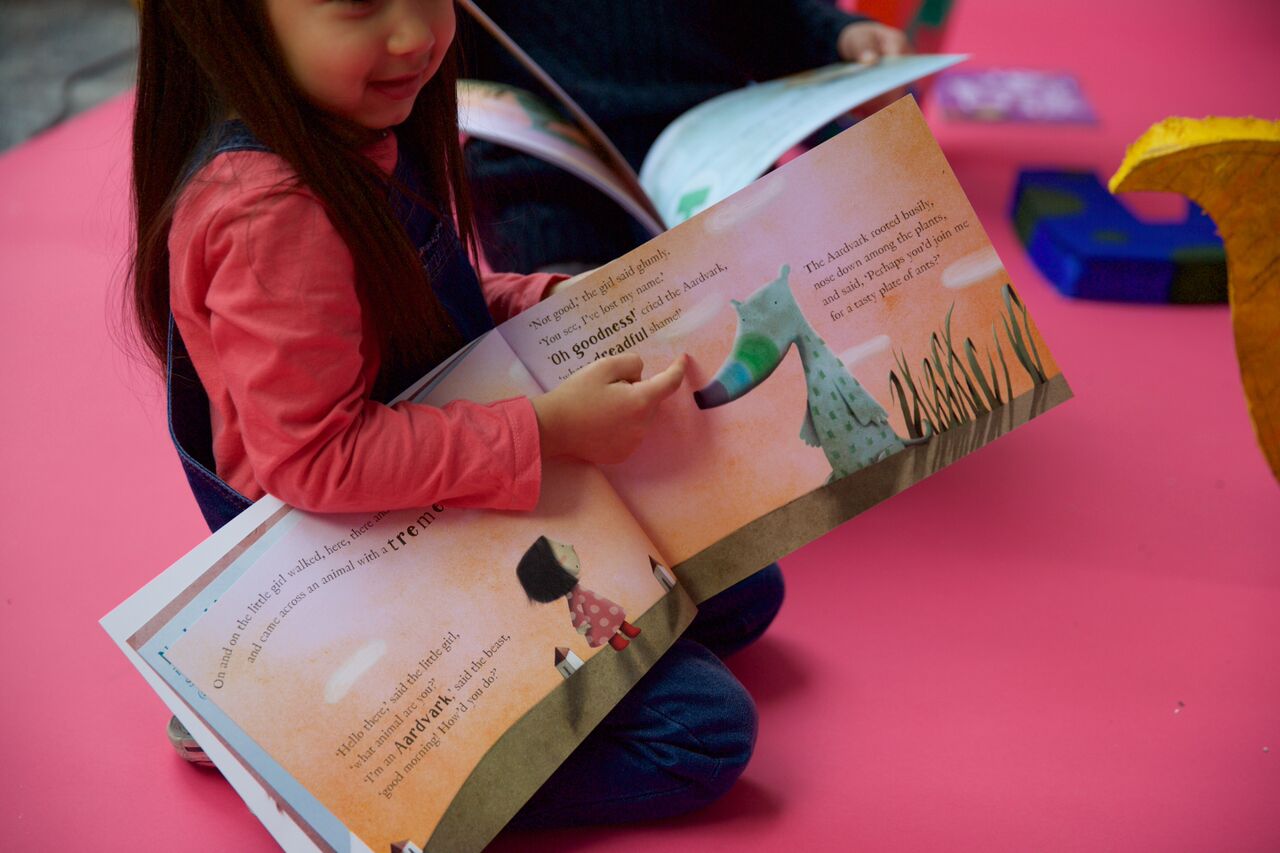In just two years, London, UK-based startup Lost My Name has made great strides towards becoming a leader in the personalized publishing space. Along with selling more than 600,000 copies of its first print-on-demand picture book globally, the company recently attracted the eye of Google Ventures, and nabbed US$9 million in financing in June.
The picture book The Little Boy/Girl Who Lost His/Her Name follows the adventure of a boy or girl who wakes up one morning to find his or her name has disappeared, and he/she then goes on a quest to find the missing moniker.
Tapping into a growing trend for custom content in children’s books, videos and toys, each title is created on the Lost My Name website, where users enter a child’s name and get an instant preview of their book. Upon placing an order, the book then gets printed and shipped.
But unlike other similar products in the market that use the same story and pictures and then just fill in the blanks with each child’s name, Lost My Name has programmed more than 300 narrative variants in its database. Its proprietary personalization software then accesses the database to pull individual story and graphic elements to create a unique adventure each time an order is placed—no two books are quite alike, regardless if the same name gets used.
The inspiration to start Lost My Name came when co-founder Asi Sharabi’s daughter received her first personalized book. For Sharabi, the warm and fuzzy feeling of seeing his daughter’s name in print lasted about 1.5 seconds. “I realized how underwhelmed I was by the quality of the product,” he remembers. “It had very little substance beyond the commercial gimmick of just taking a book and adding a name to it.”
But the potential for more was there, notes Sharabi, who teamed with co-founders Tal Oron, writer David Cadji-Newby and illustrator Pedro Serapicos to launch Lost My Name in April 2013 as a side project. To develop both story and software, the partners drew upon their experiences working at marketing agencies and designing digital products at internet startups.
“These personalized books have been in the market for 40 years, but they were never taken seriously as a creative canvas,” Sharabi contends. “No one yet was looking at this idea of personalized media as a creative canvas and also as a technology playground.”
The books really started gaining traction in the UK in 2014, when Lost My Name took the highest equity deal ever made in the 13-year history of British reality series Dragons’ Den, which invites budding entrepreneurs to pitch a panel of seasoned investors. From there, global sales soon picked up.
“In 2014, we ended up selling 325,000 units in 135 countries,” Sharabi recalls. “We were the top-selling picture book last year in the UK, Australia and Canada. We’re purely a web product and only sell directly—we don’t distribute to any retail store or other distribution channel—and yet we sold more books than the top-selling picture books in three countries in our second year.”
Along with blending technology with the power of storytelling, the book’s success can also be attributed to the business model. Being a full-stack publisher means Lost My Name controls all aspects of product development, marketing, sales, operations and customer support in-house. “Because it’s print-on-demand, we are a zero-inventory company,” explains Sharabi. “These assets live digitally, which means we can update them as often as we want.”
So what about that US$9 million? Moving forward, Lost My Name plans to launch its second publishing project this fall and is exploring other avenues to build personalized entertainment, including animation and physical products, using its proprietary software.
“The core element of any product or experience that we will ever launch for children will be this sense of magic we’ve created,” Sharabi promises. “It’s getting kids to engage in a deeper way with the narrative.”























